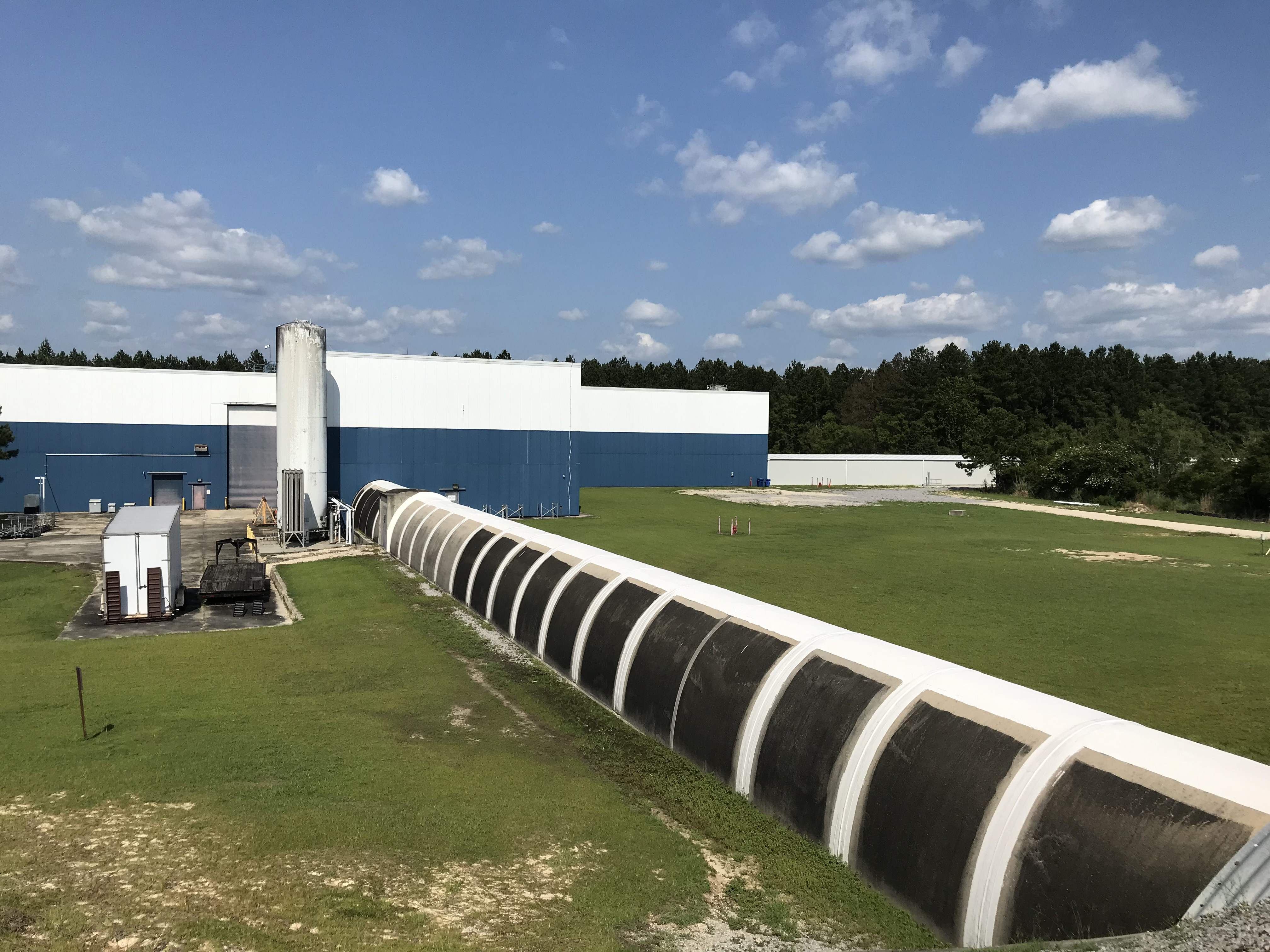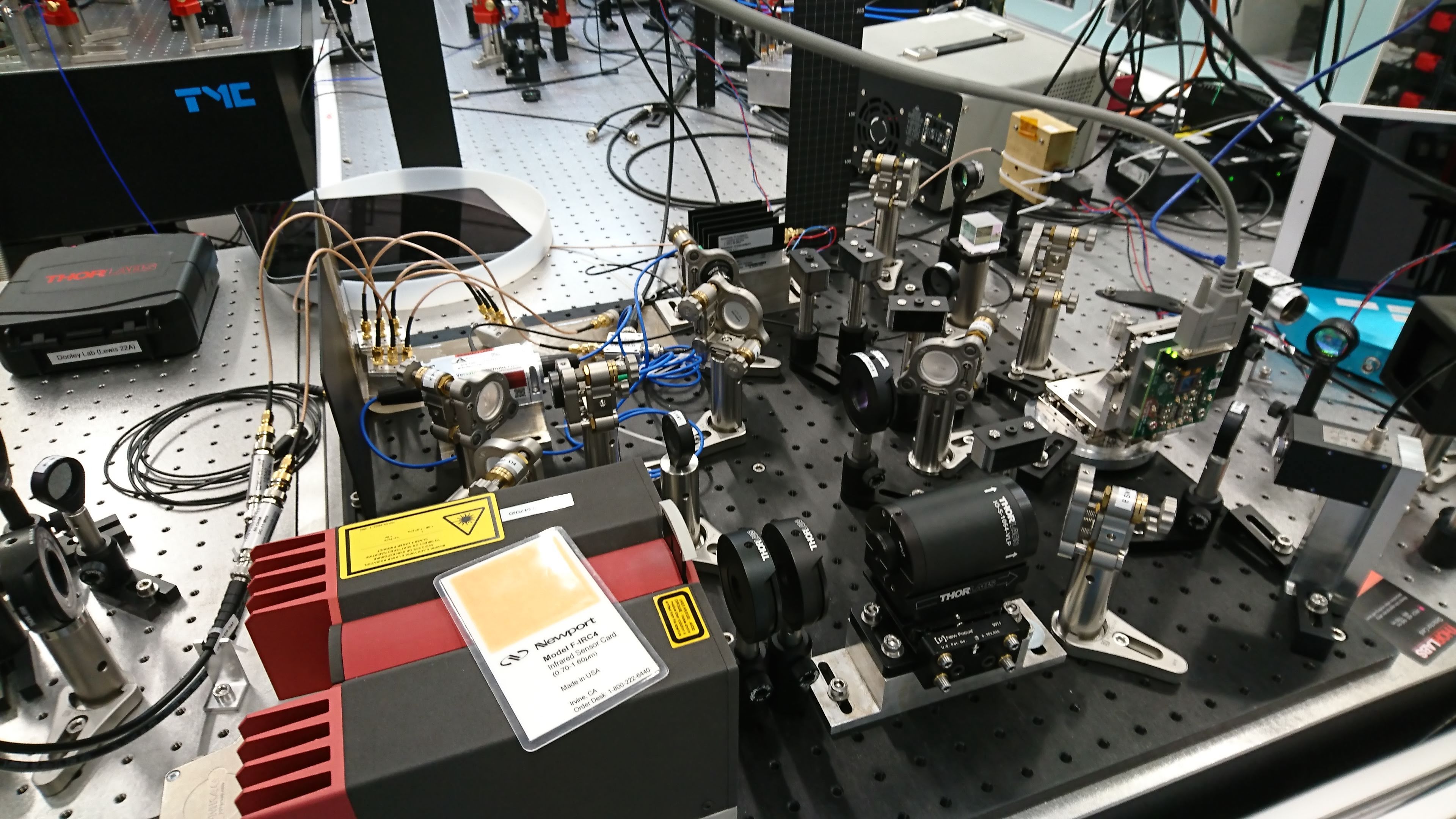Gravitational Wave Detector Physics¶
Gravity exploration institute contributes sensitivity improvements for the Advanced Laser interferometer Gravitational Wave Observatory (Advanced LIGO) and KAGRA detector.
Birefringence sensor development¶
To characterize the effect of birefringence in an interferometer, we propose a new kind of optical sensor that can analyse the birefringence imprinted on a laser beam. The sensor is based on a phase camera. We alter the optical configuration of the phase camera so that it can analyse the amplitude and phase in the two orthogonal polarisations (S and P) independently. Using the amplitude and phase information of both the S- and P-polarised components, the effect of birefringence across the beam spot can be understood to create a birefringence map. We are building the sensor and conducting a proof-of-principle experiment in Cardiff.

Improving the electronics of the gravitational-wave readout for Advanced LIGO¶
Advanced Laser Interferometer Gravitational Wave Observatory (LIGO) detectors are extremely complex instruments with sensitivities reaching as low as 2×10^{-20} m/sqrt(Hz) during operation. To accomplish better astrophysical sensitivity, the instruments are continuously upgraded, applying state-of-the-art technologies during break-time in the year-long observing runs.
The quantised nature of light poses one of the most significant barriers on the improvement of LIGO's sensitivity, with increased power and squeezed states of light being part of the LIGO A+ upgrade (a detector upgrade planned after the next observing run, O4) to reduce the shot noise and radiation pressure present within the system. However, decreasing shot noise with squeezing increases the relevance of other noise sources, specifically that of the electronic noise of the main photodetector readout. To tackle this and allow the use of higher levels of squeezing, a new high-power and low-noise preamplifier circuit for the photodiode readouts has been developed. These preamplifiers are the very first step to extract the gravitational wave signals from the photodiodes. When gravitational waves pass the detector, the photodiode in transmission of the output mode cleaner senses the slight power change of the laser light. The preamplifier then converts the photocurrent signals of a photodiode to a voltage and amplifies those signals.
The new readouts have been developed with the aim of being installed at Hanford and Livingston in time for the 2022 observing run. The final design shows noise level reductions up to a factor of 6 compared to the current readout which will increase the amount of observed squeezing upon installation and thereby increase the sensitivity of the LIGO detector to astronomical mergers further out into the universe.
Developing an alternative thermal compensation system for the next-generation detectors¶
The sensitivities of large-scale interferometers benefit from high-power lasers, as they reduce shot noise. However, high-power lasers induce thermal lensing within the mirror substrate, distoring the geometry of the optical cavities. This leads to unwanted optical losses and makes interferometer control impossible. To address this, a thermal compensation system has been implemented to mitigate the thermal distortions of the mirrors and is currently in operation. We are exploring an alternative thermal compensation system that uses a different wavelength for the heating laser source, aiming for higher efficiency and reduced noise coupling to the detector.
Developing an reflectivity-tunable mirror for the next-generation detectors¶
We are developing a specialized mirror with adjustable reflectivity to fine-tune the most sensitive frequency bandwidth of gravitational-wave detectors using the etalon effect. This concept was initially considered and demonstrated in the 1990s during the early stages of gravitational-wave instrumentation science. We are now revisiting this idea to explore its potential application in next-generation gravitational-wave detectors.
